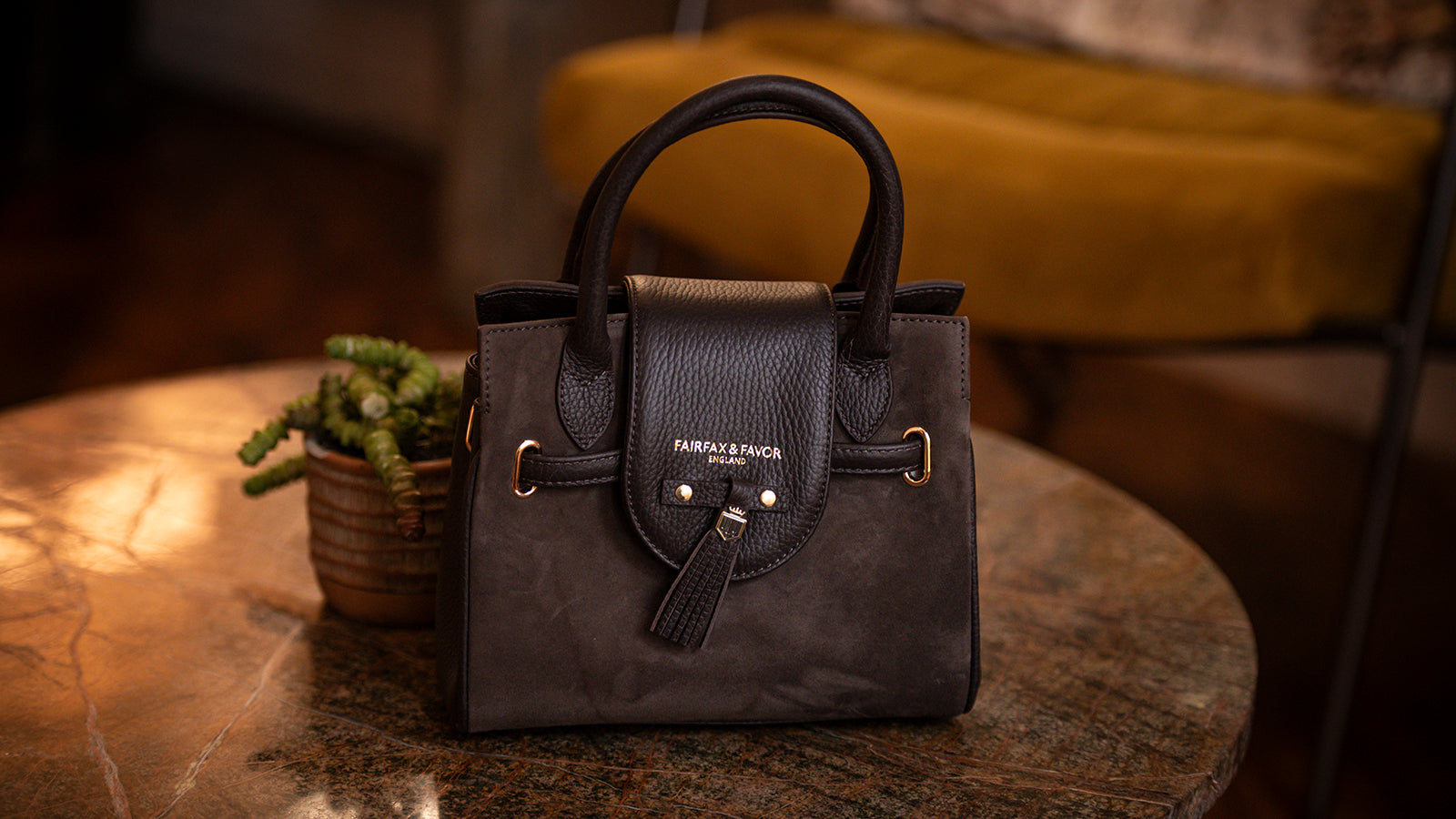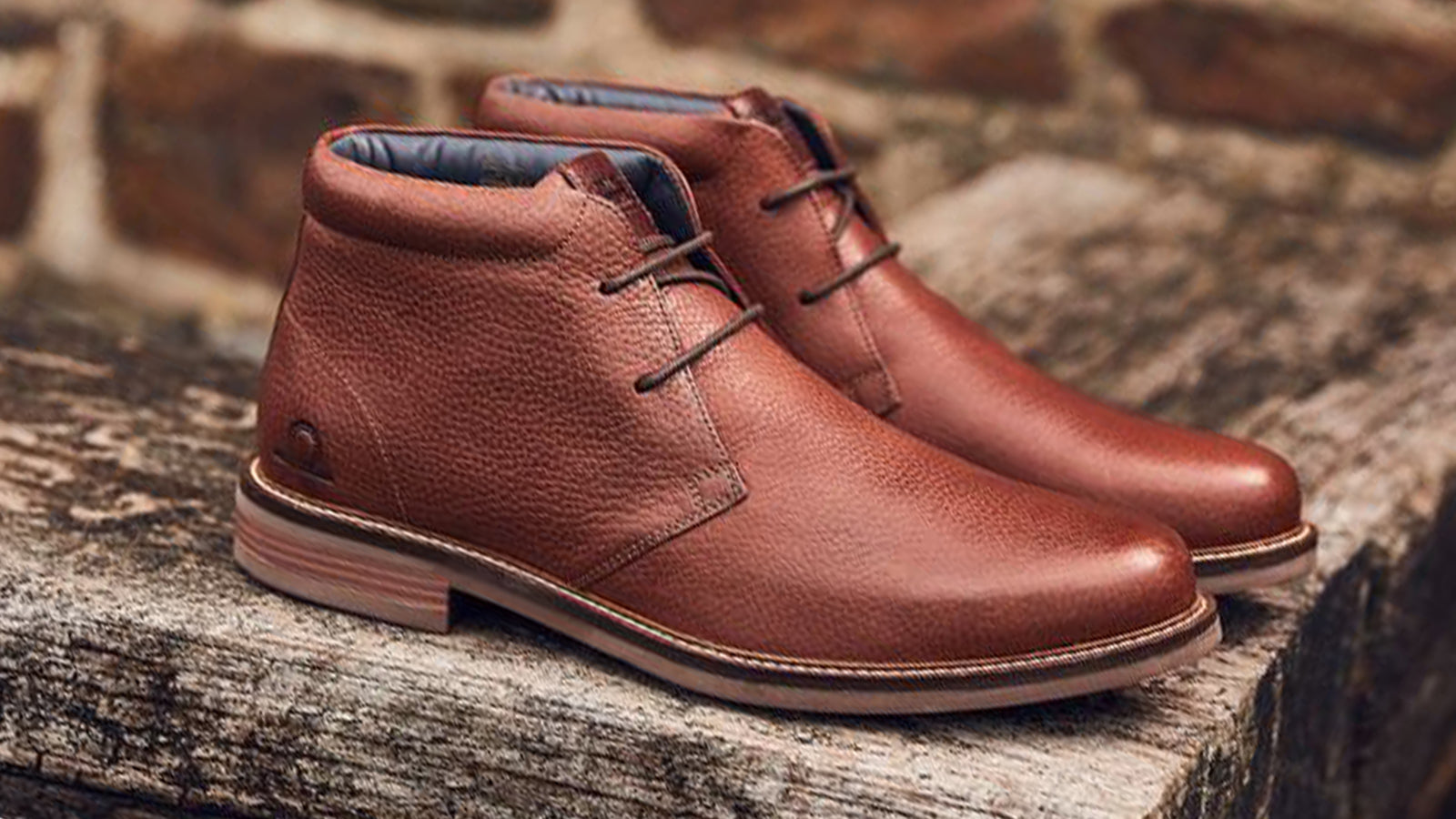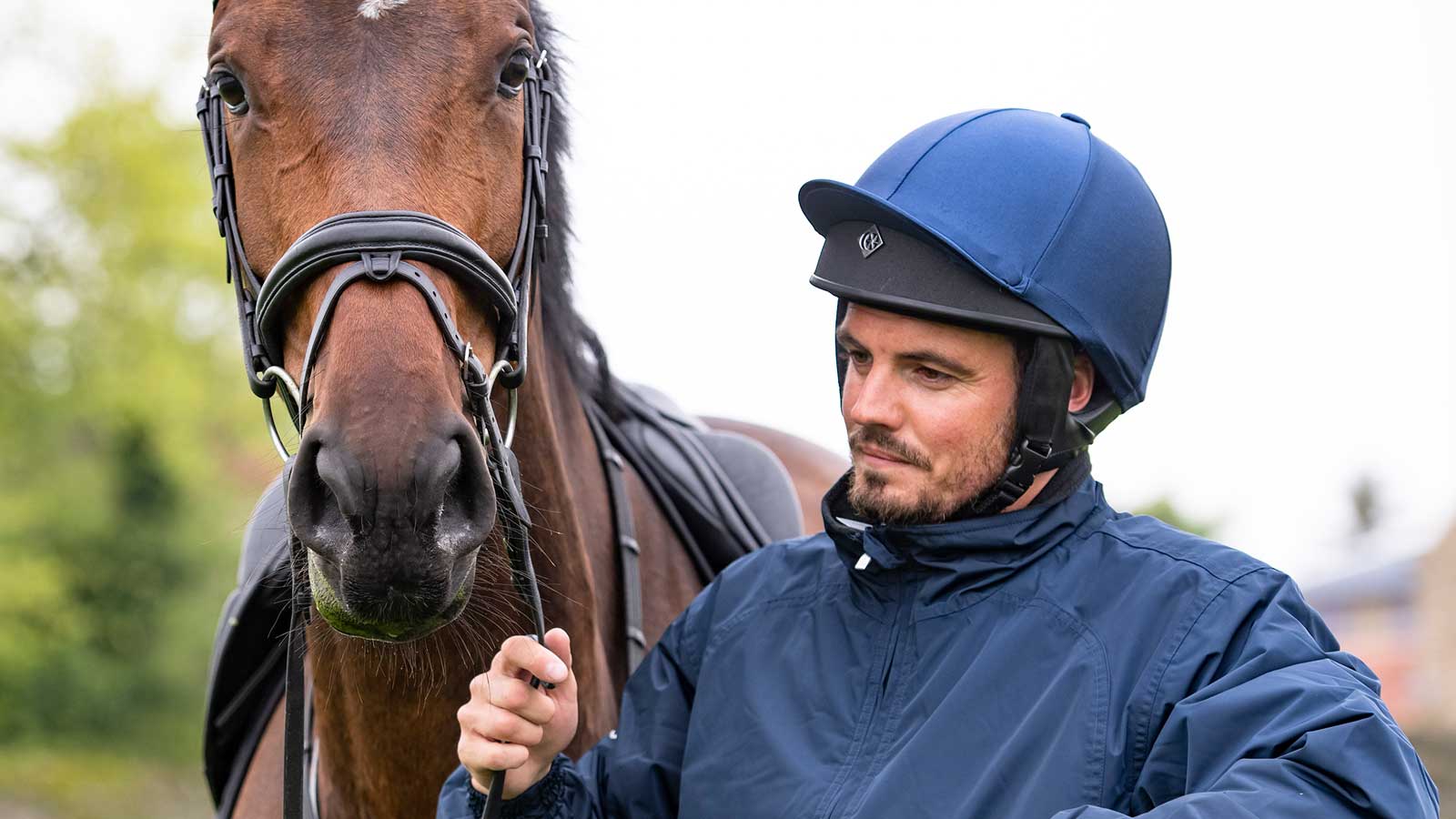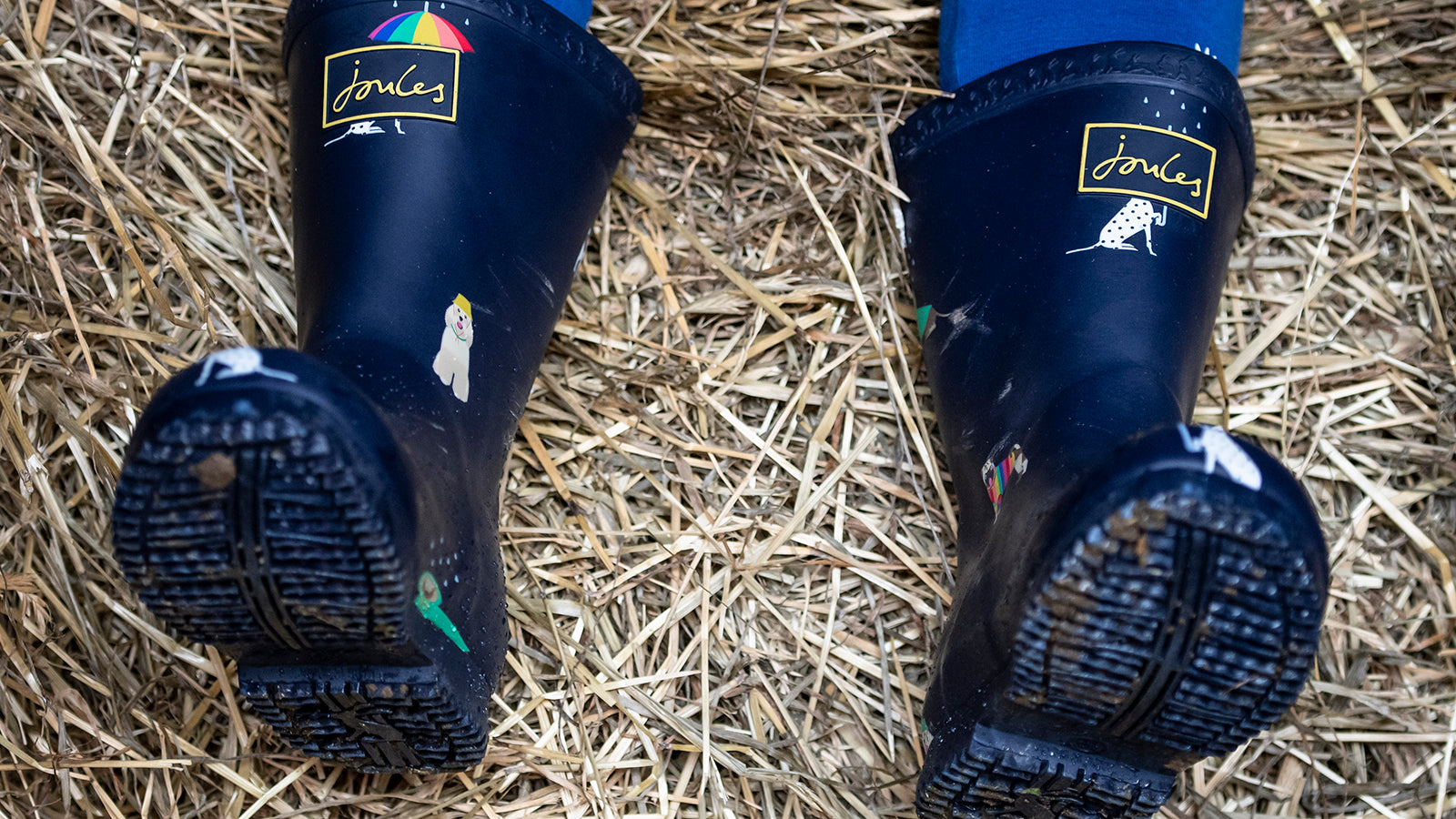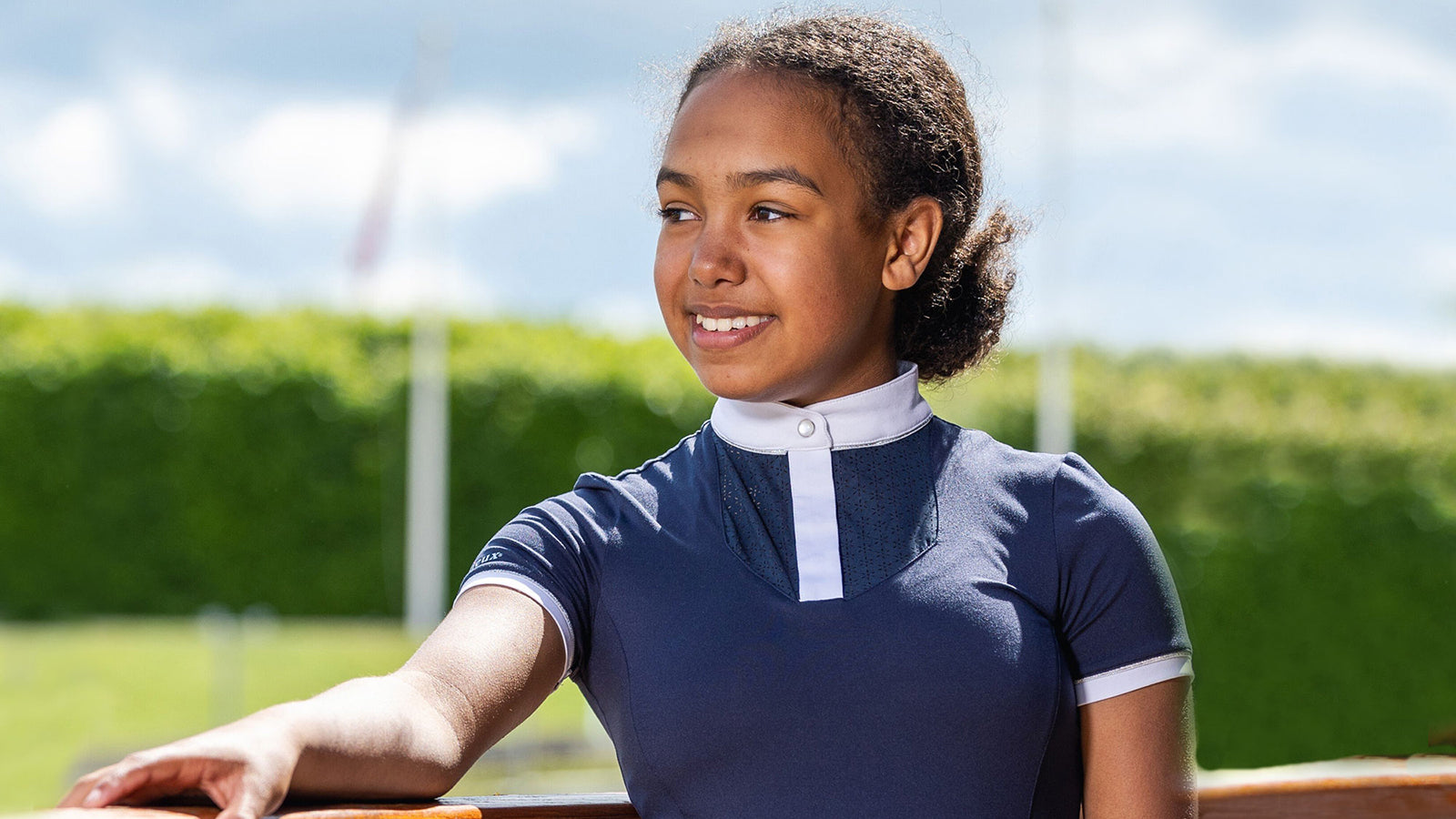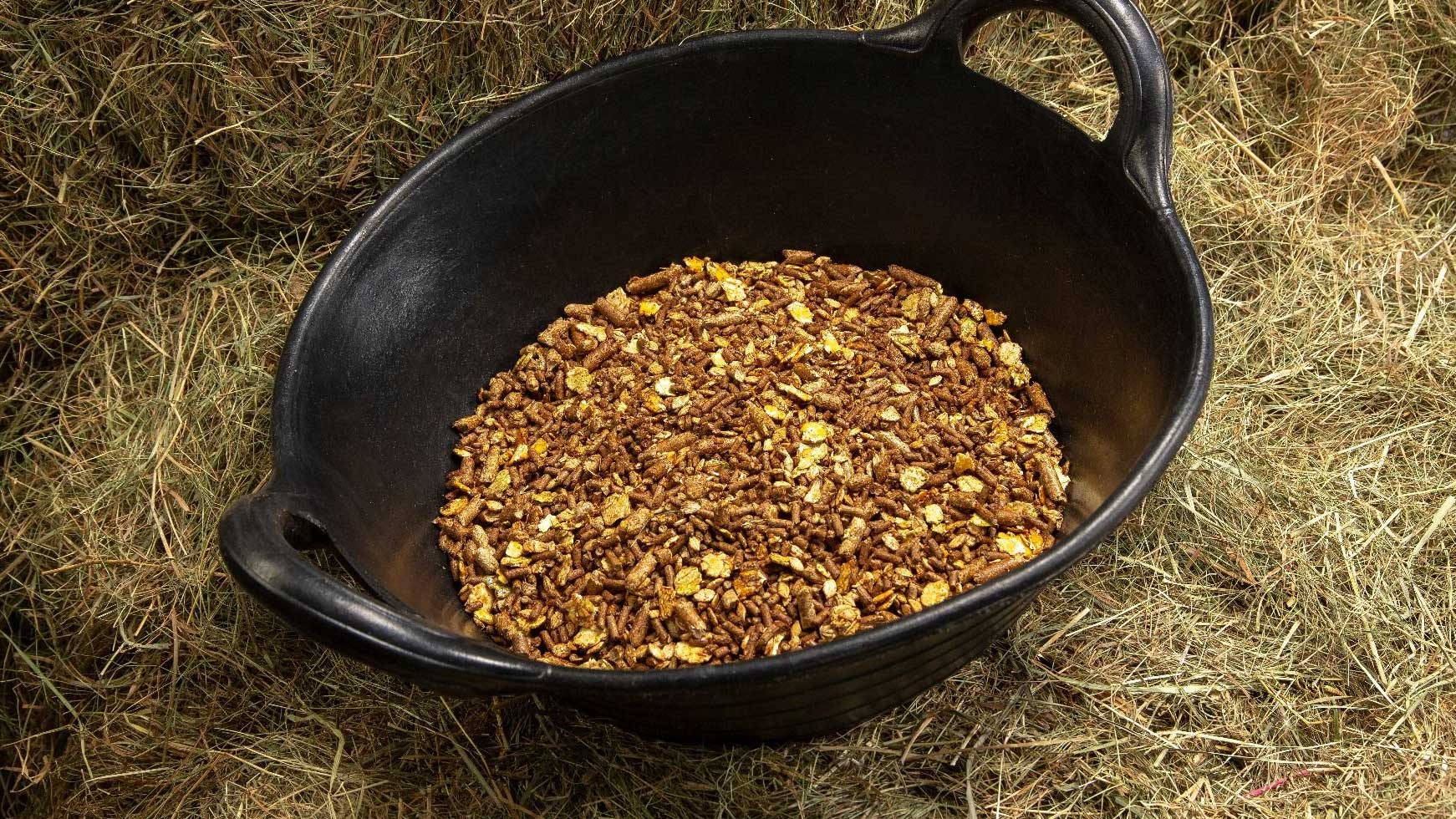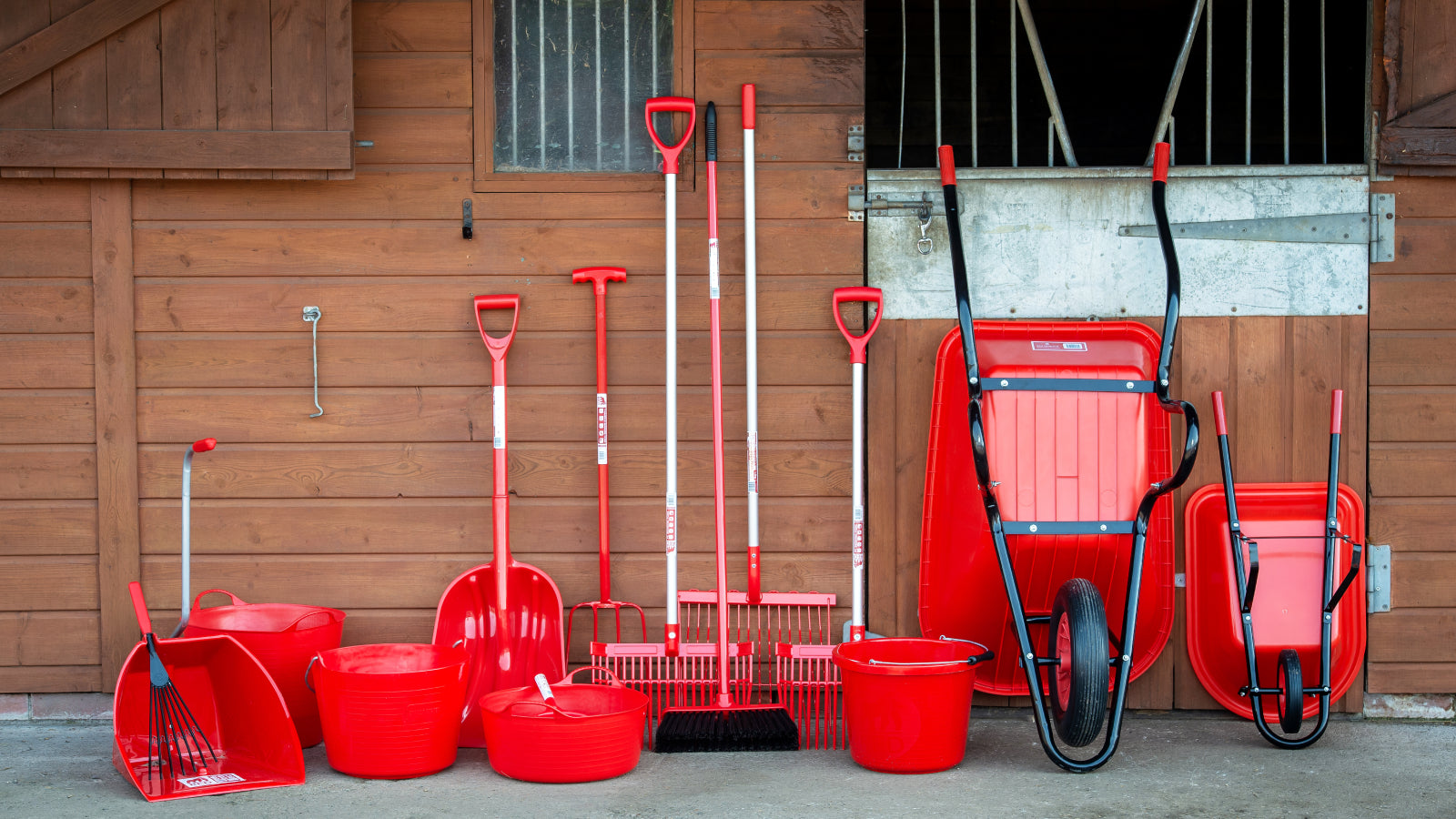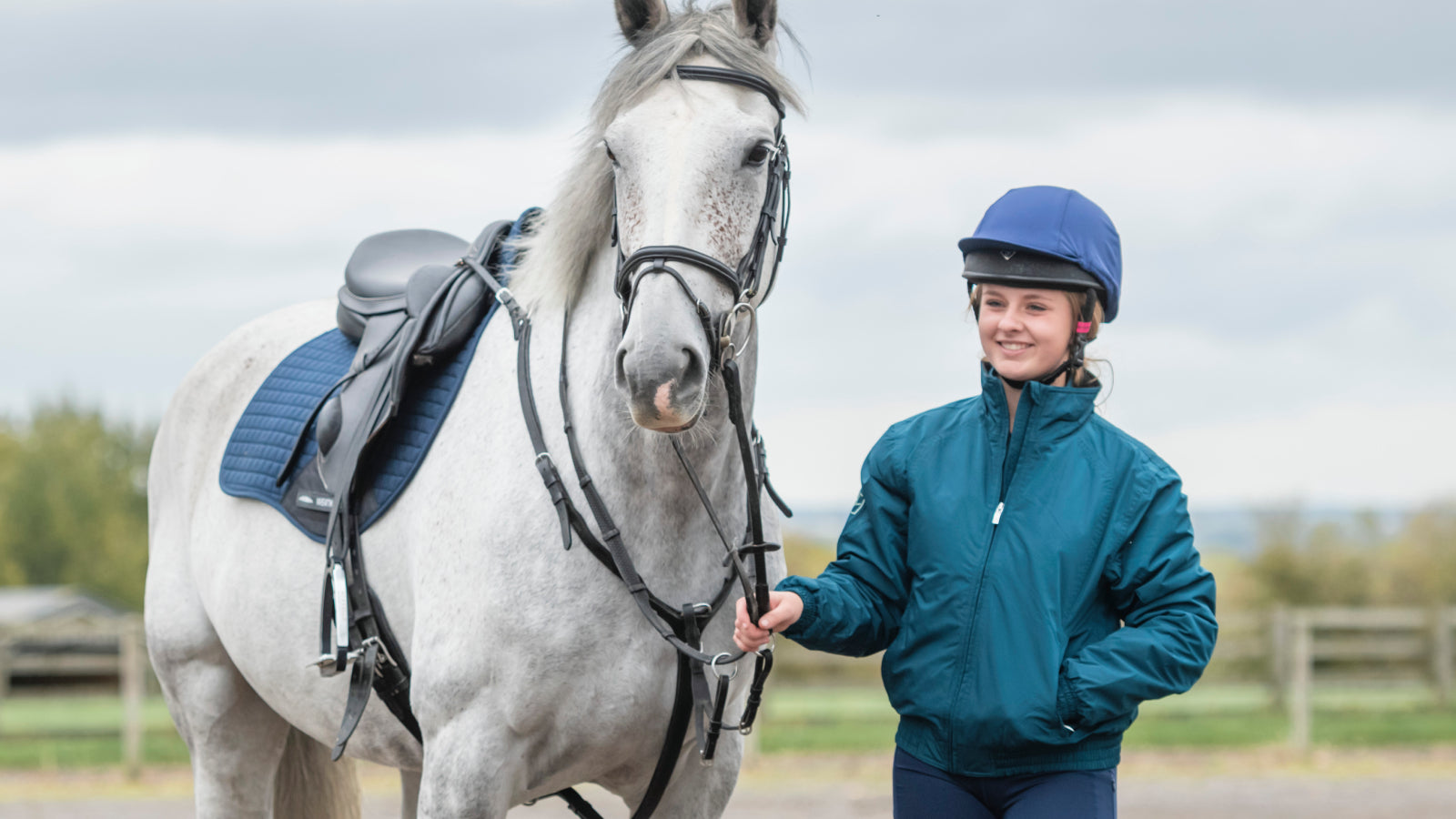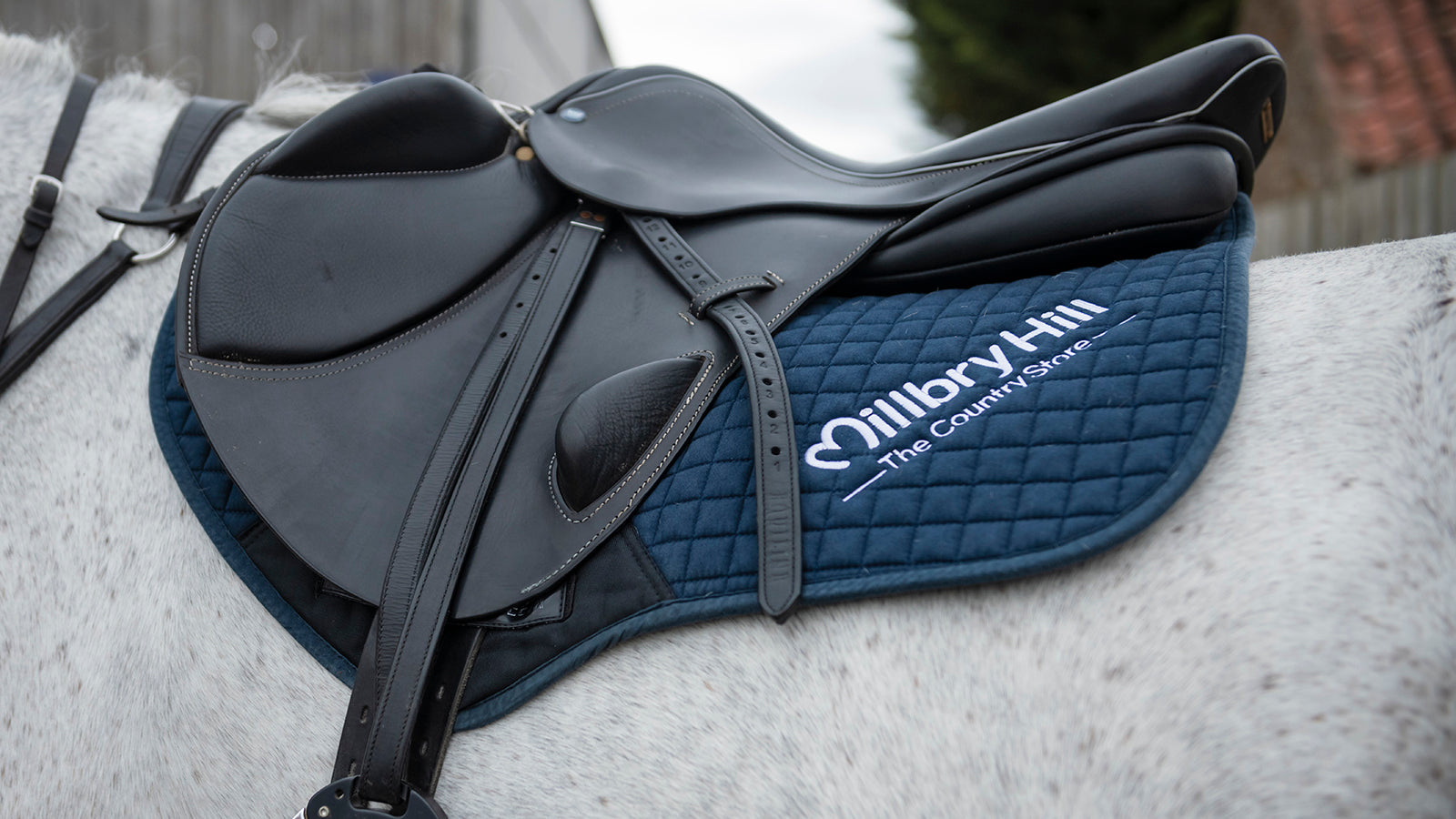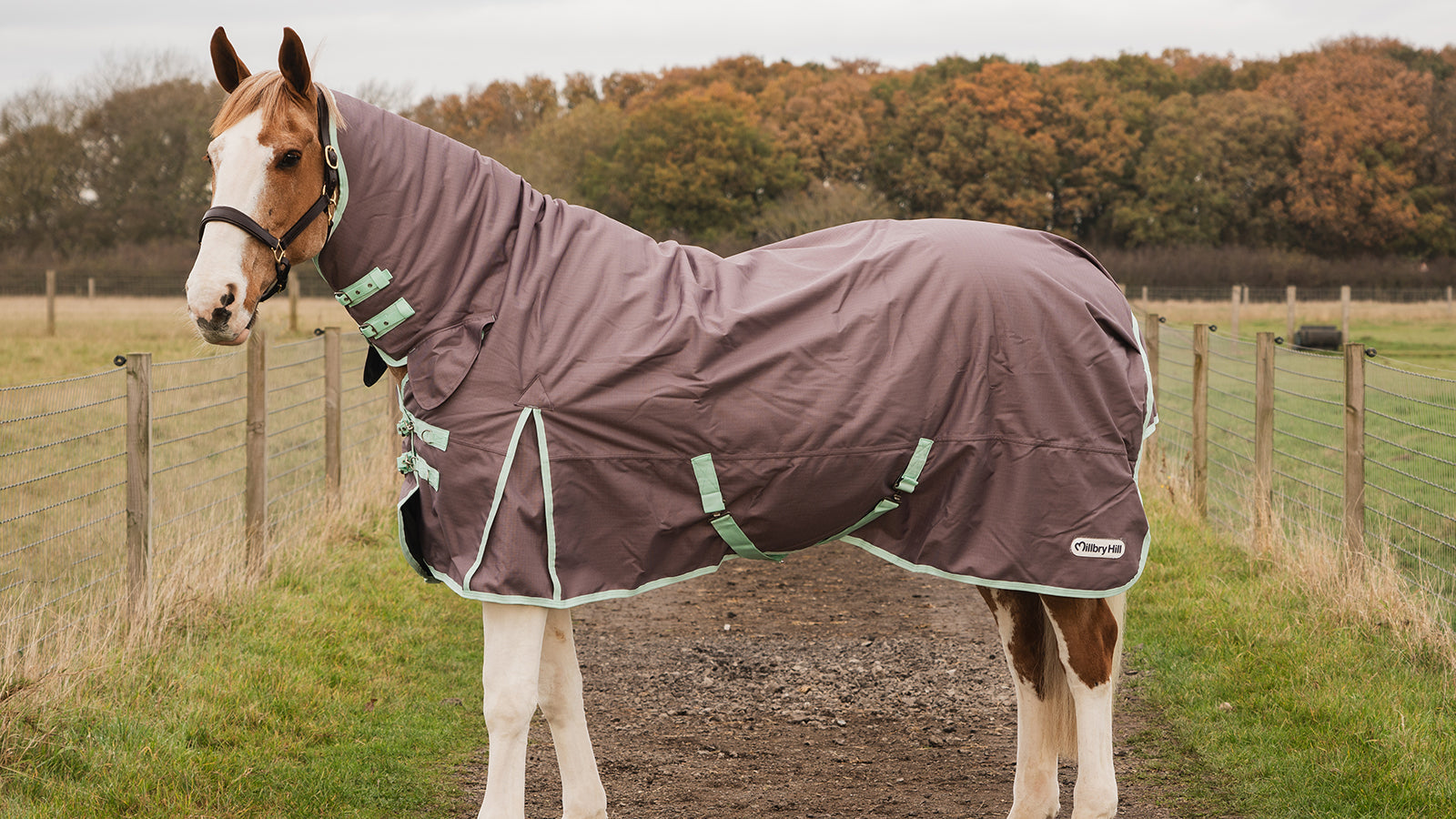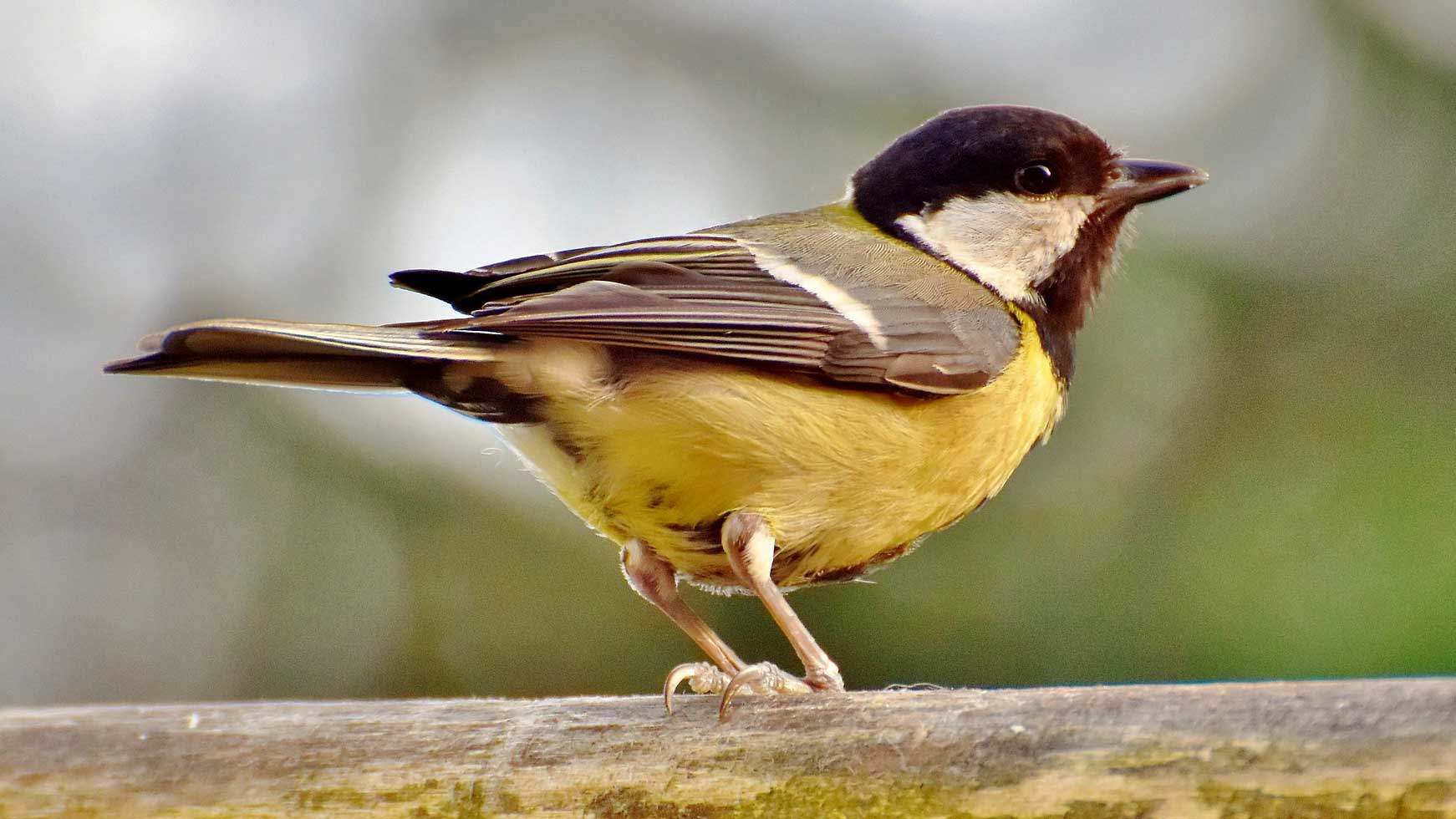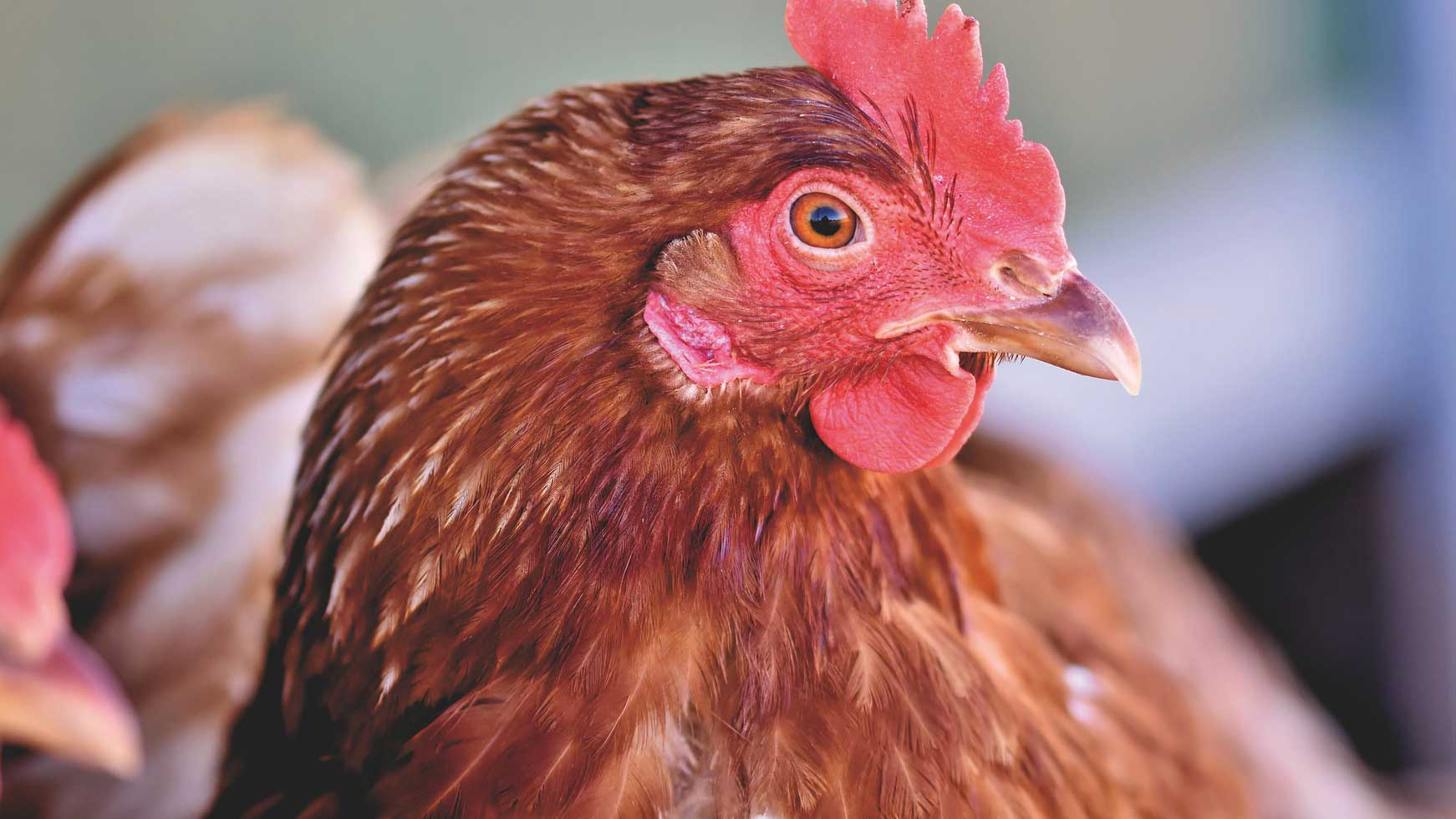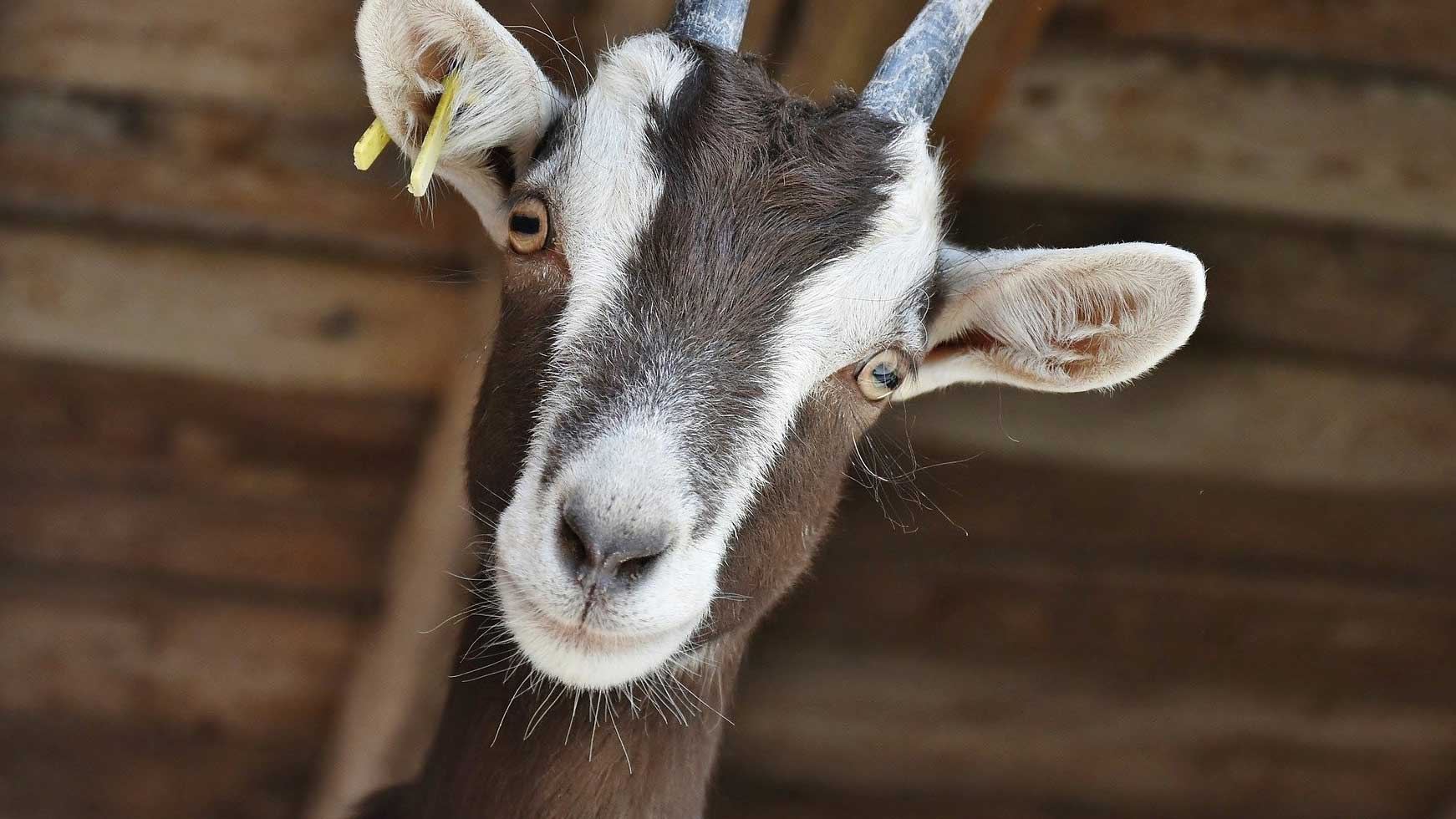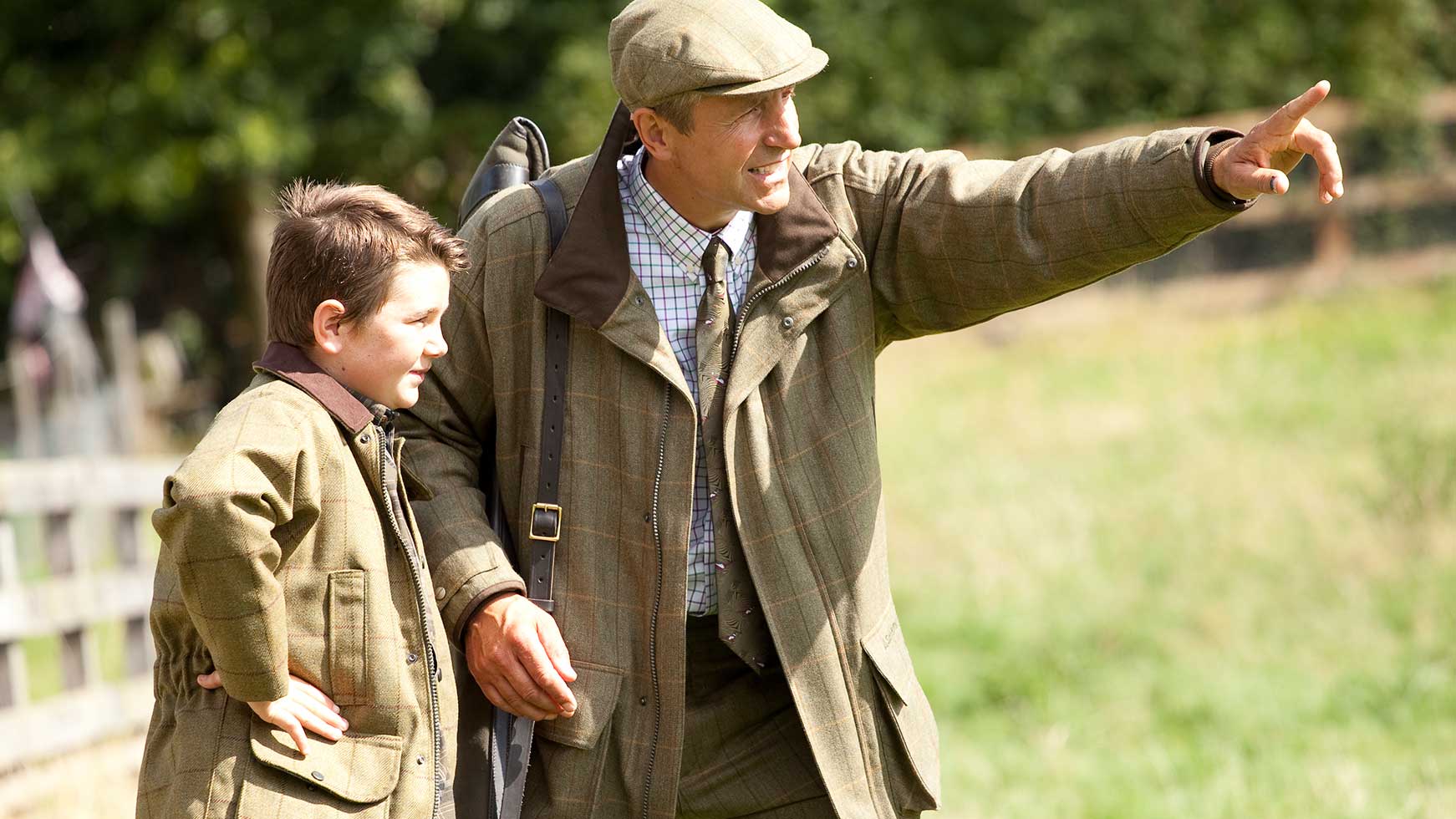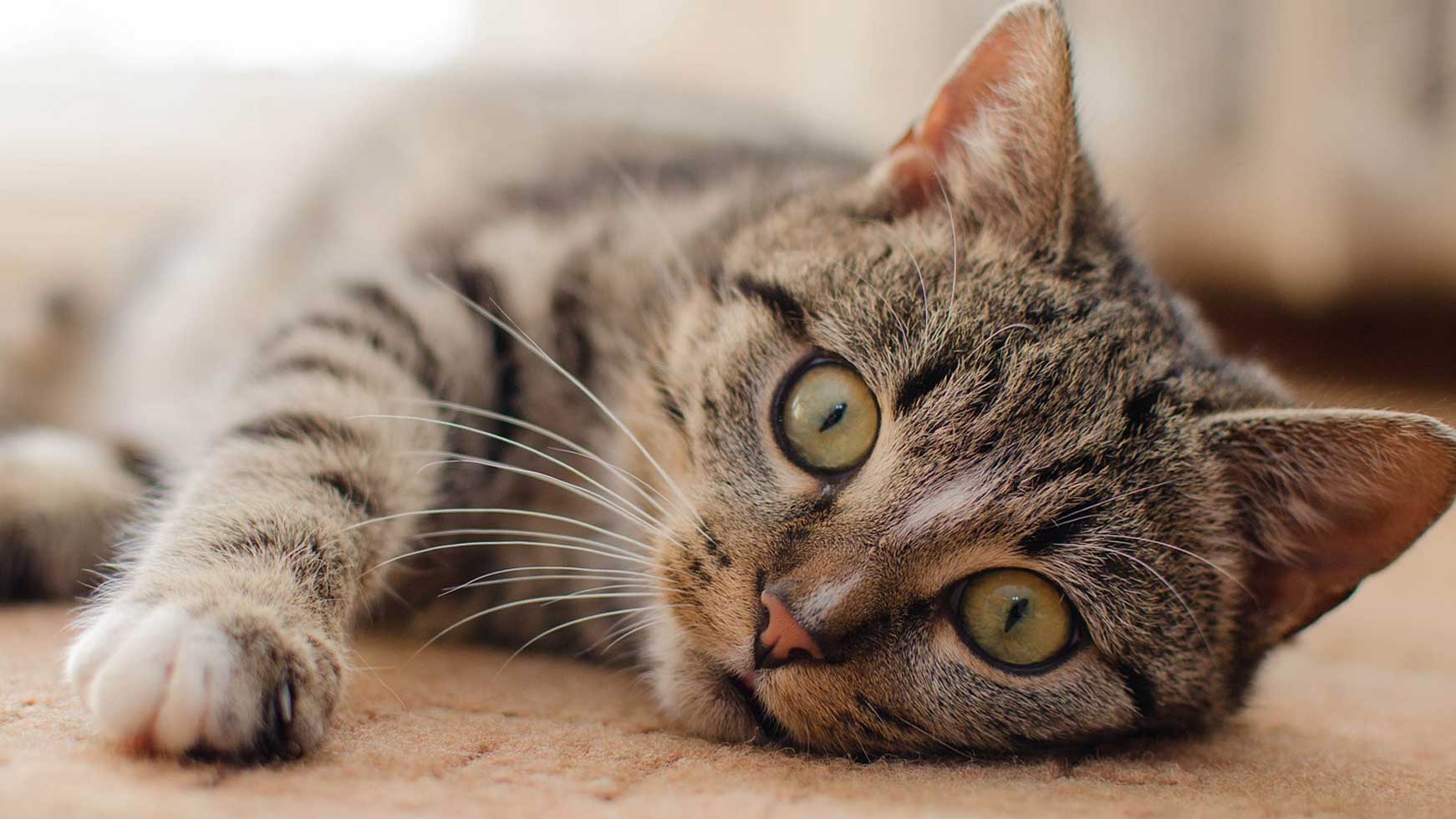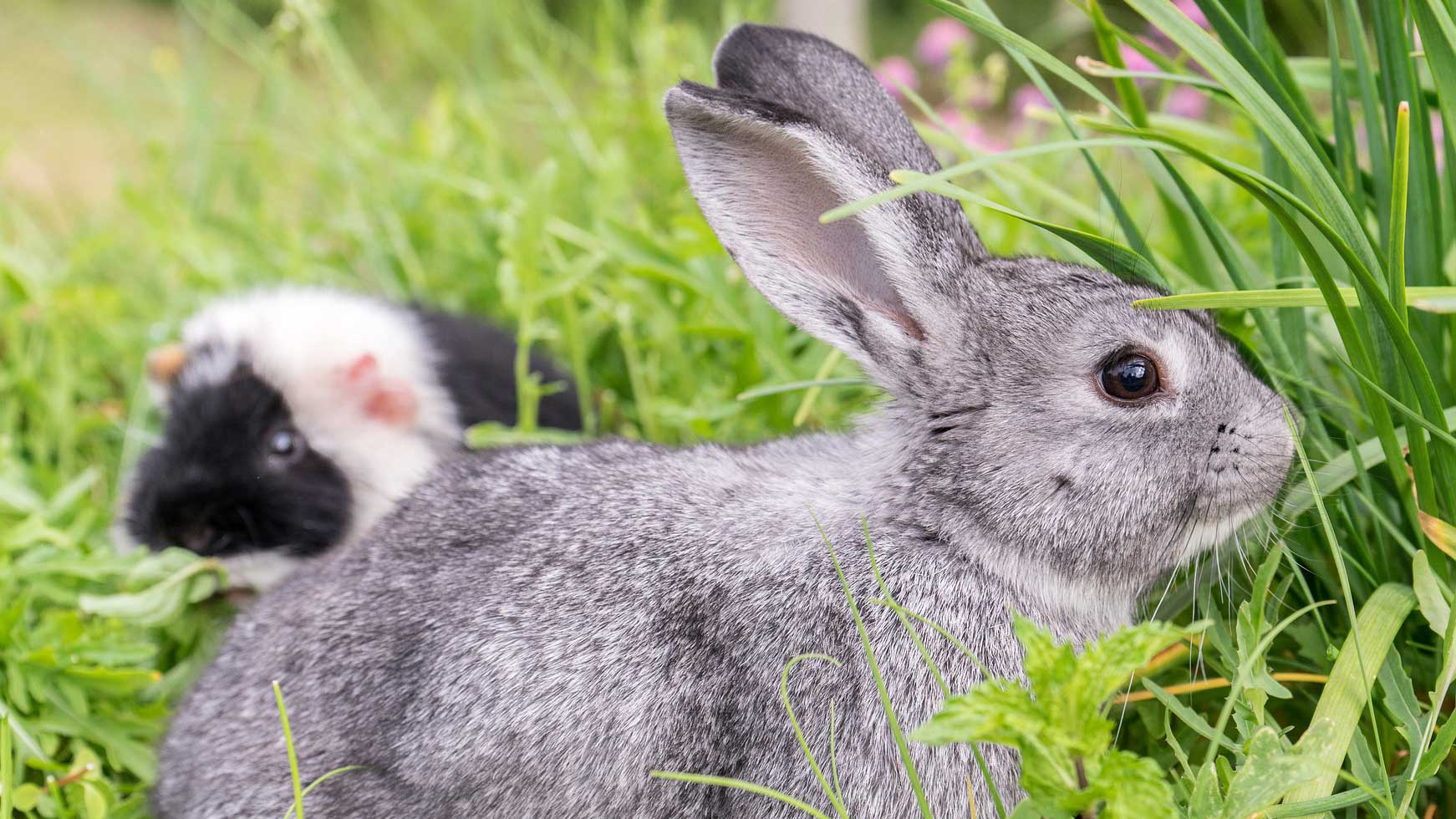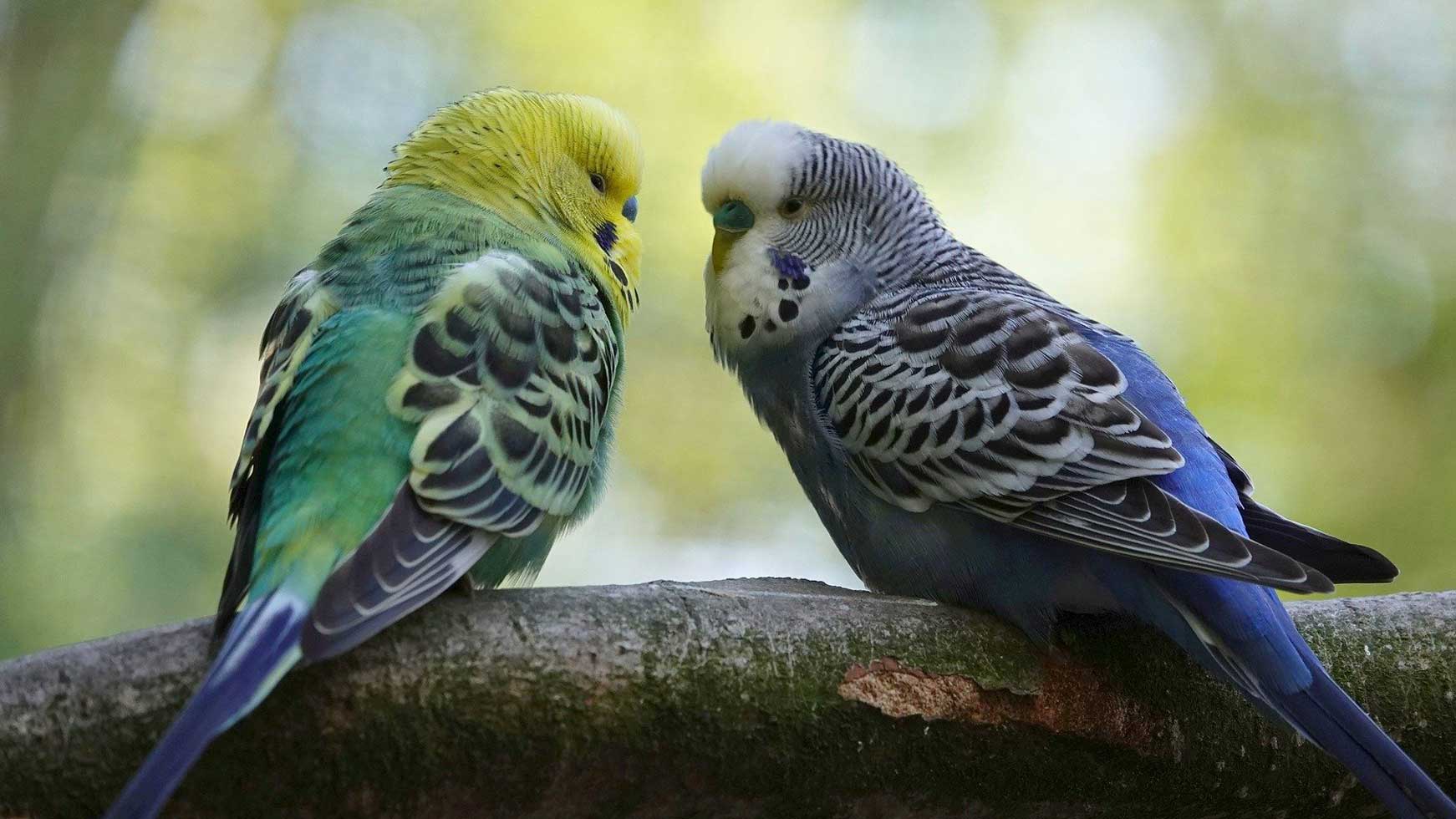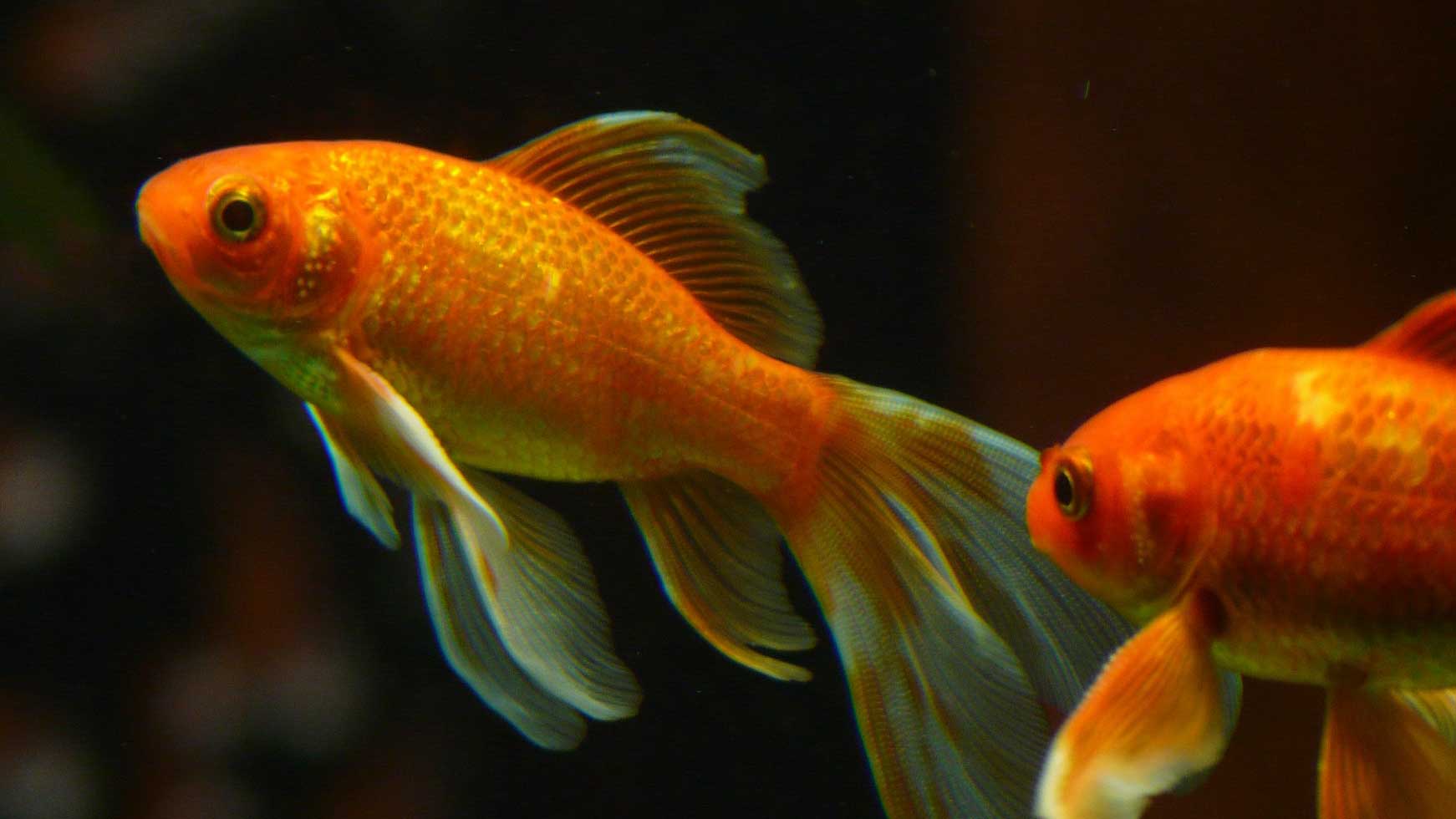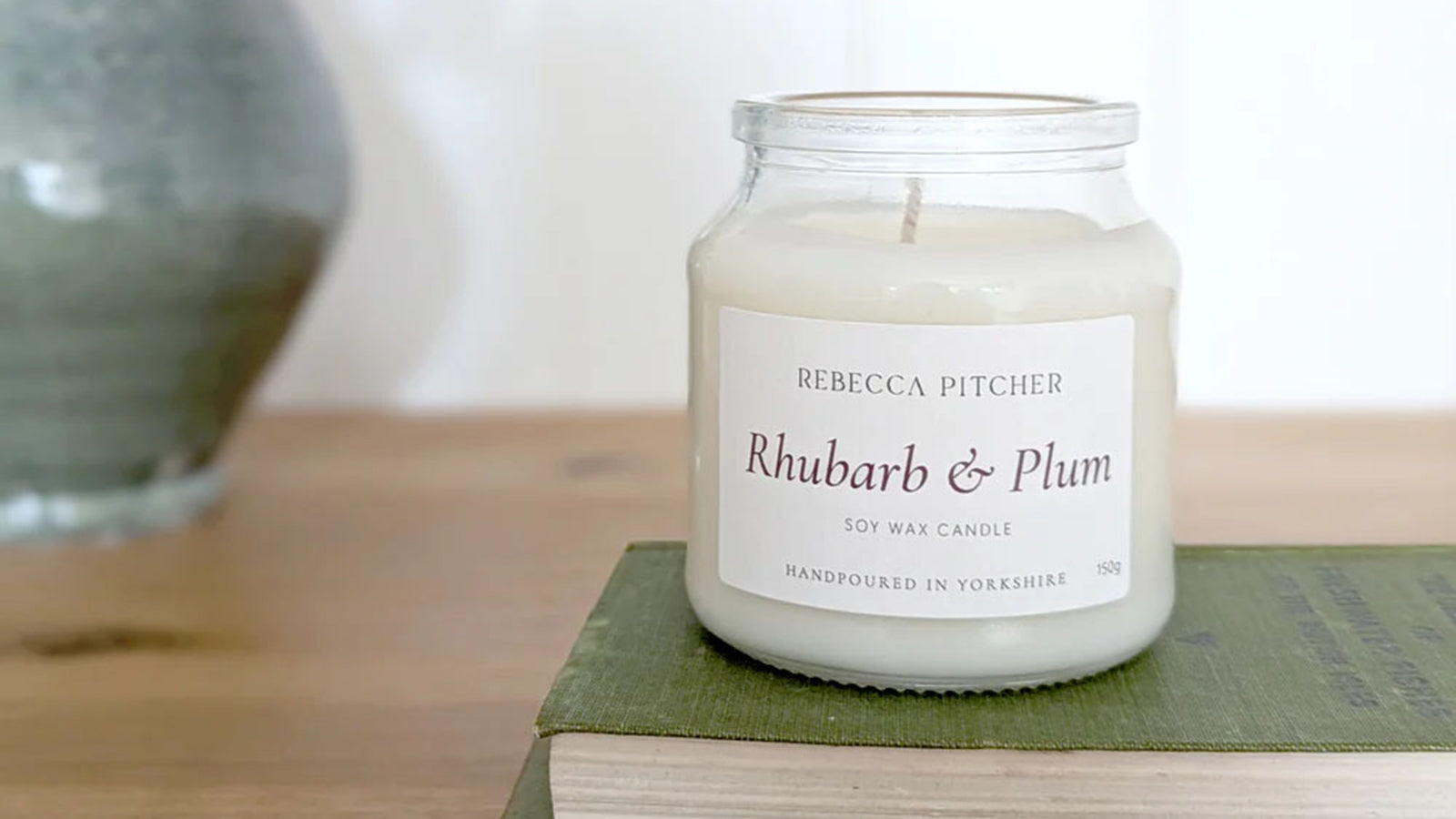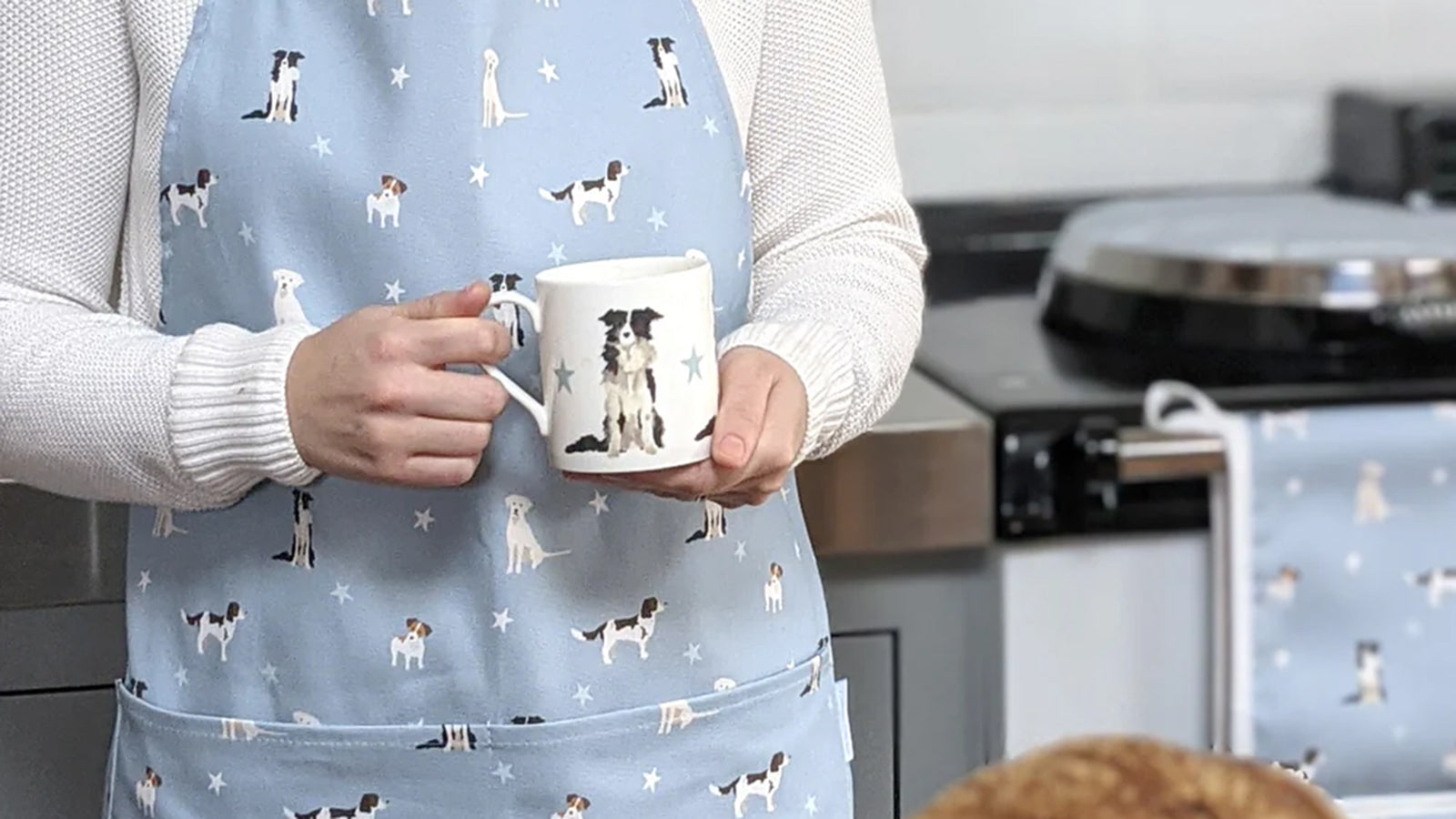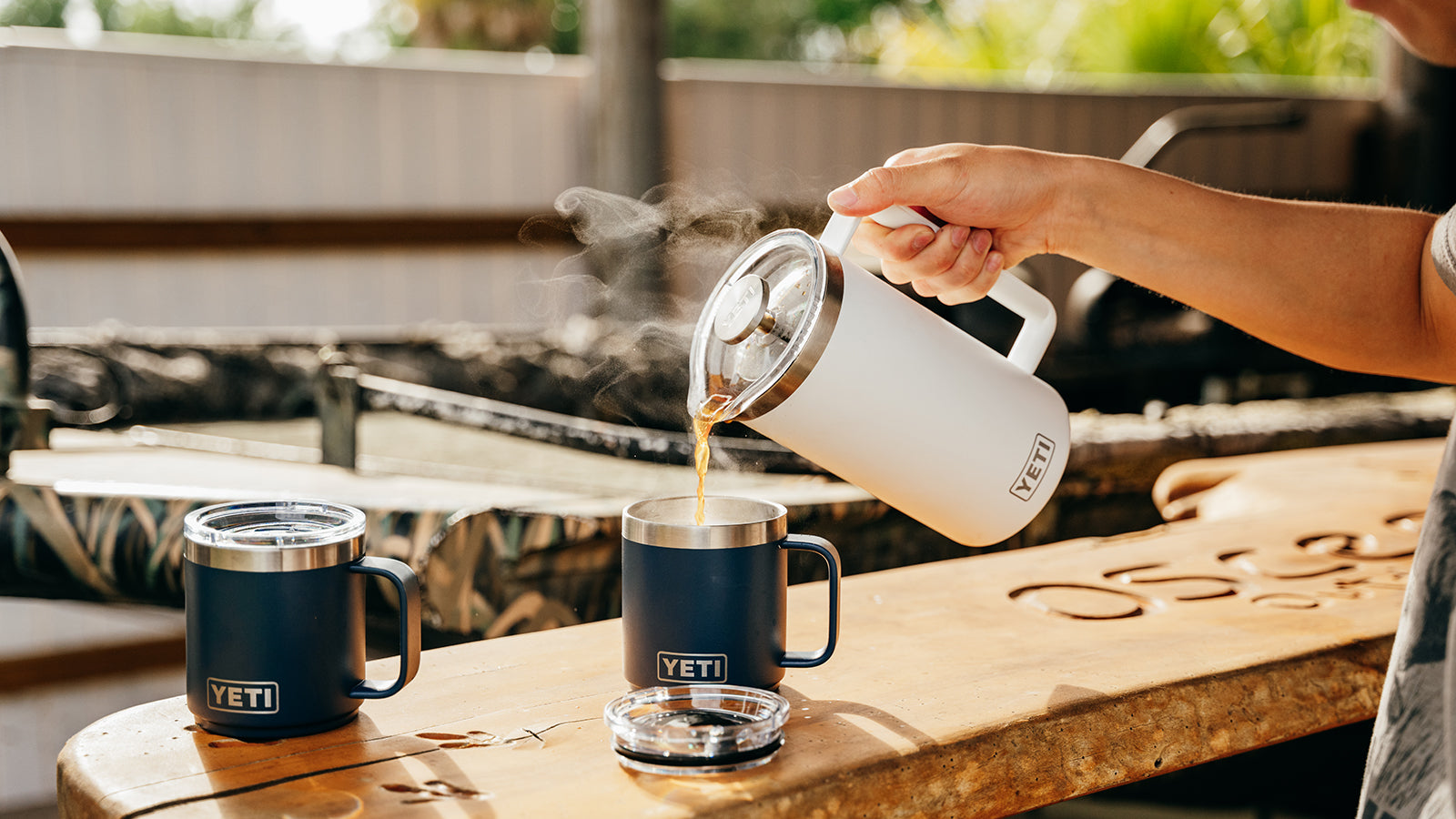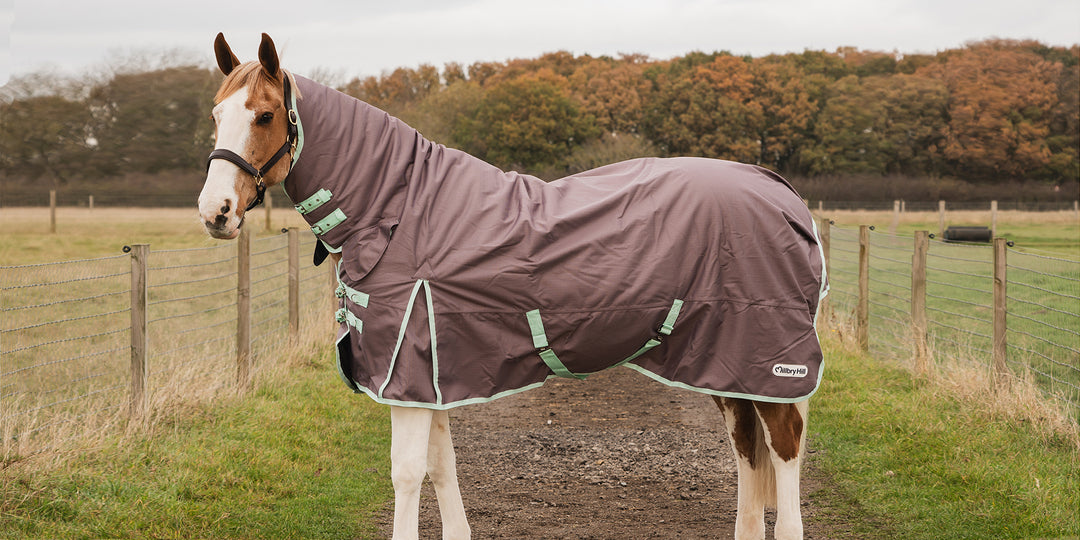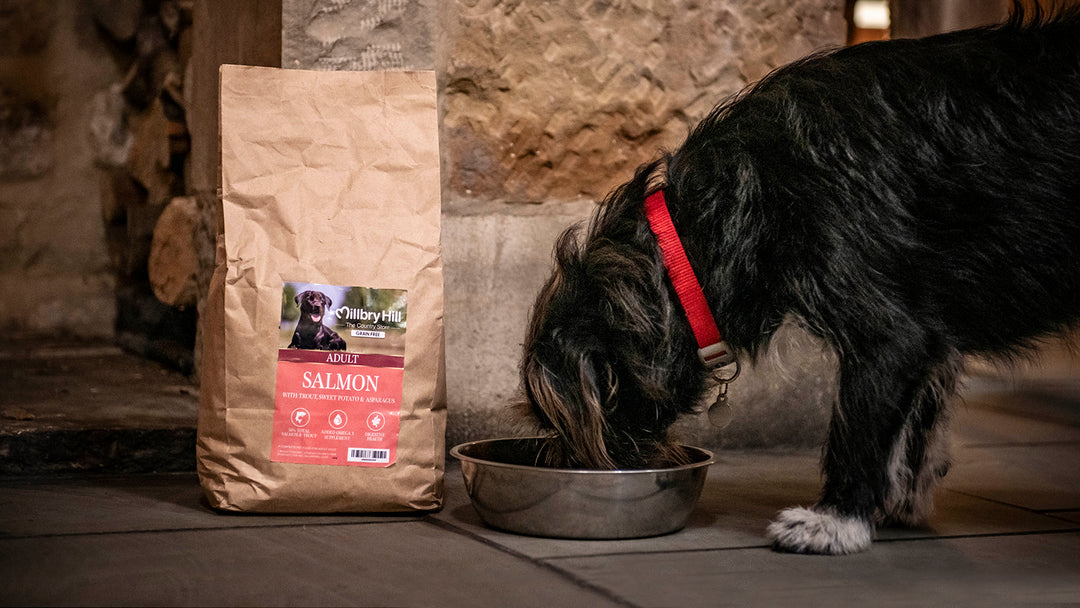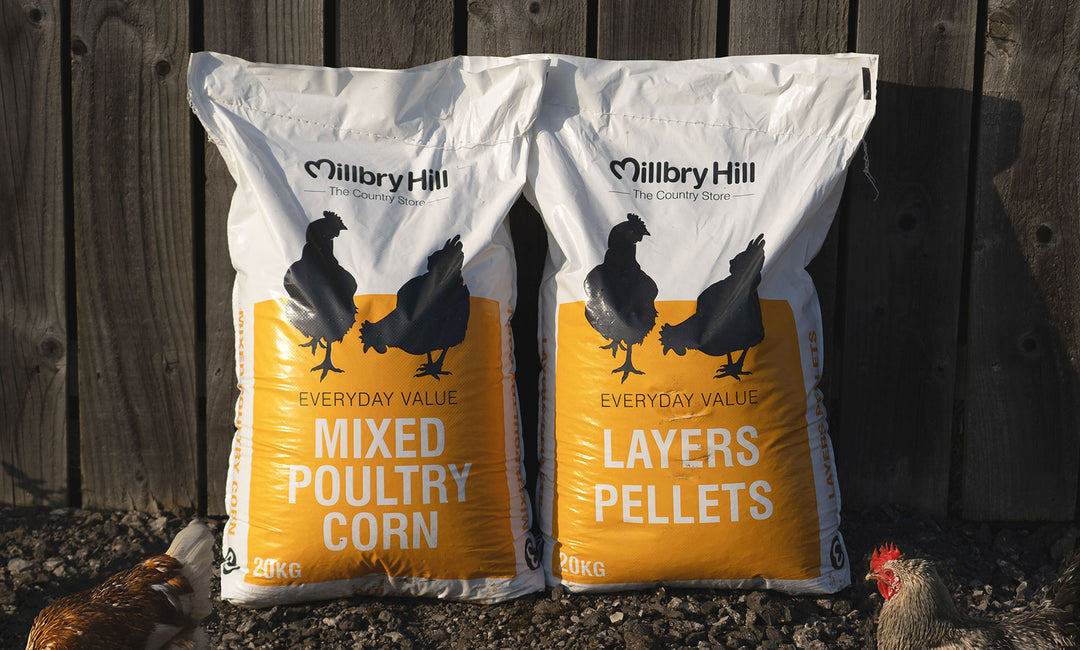How Much Does It Cost To Own A Horse?

For many, owning a horse or pony is a lifelong dream - whether it's for idyllic summer hacks through the countryside, the companionship of a gentle giant on quiet weekends, or the thrill of an ex-racehorse keeping you on your toes in the school. While there are countless joys and rewards to horse ownership, it does represent a significant and ongoing financial commitment.
Specifically, the cost of owning or loaning a horse extends far beyond the initial purchase price. The expenses are continuous and there won't be a single month where your horse doesn't cost you something. As such, before making the decision to buy or loan, it's essential to evaluate your financial situation by calculating disposable income after your current outgoings to ensure you can afford the ongoing costs of care.
In essence, proper budgeting is key to determining whether owning a horse is a feasible and sustainable commitment for you. To help you make this careful consideration, we've put together this comprehensive guide to outline how much it costs to own a horse in the UK.

How Much Does It Cost To Keep A Horse In Livery?
Not everyone has the luxury of keeping their horse at home. If you're fortunate enough to do so, you can significantly cut costs by avoiding livery or field rental fees. However, if you need a place to keep your horse in an urban area, options can be limited, as most livery yards are located in the countryside, where fields are plentiful and high-rises are nowhere to be found.
Most horse owners choose livery yards, which usually offer excellent facilities for both horse and rider, such as tack rooms, schooling arenas, muck heaps and jumping areas. A key benefit is that yard staff handle field maintenance, unlike renting a field where upkeep, including muck removal, is your responsibility. Livery yards also offer social opportunities, providing a space to meet other horse owners, make friends and share advice.
According to a recent BETA survey, the average cost of livery is £2,652 per year (£221 per month), while grazing alone averages £1,498 (£125 per month). Prices vary based on the type of livery and location. Here are common costs:
-
Field grazing: Renting field space from a farmer costs around £20 per week, depending on location, farmer and field size. Maintenance and muck removal are your responsibility.
-
Grass livery: This option costs £20 - £30 per week, providing grazing but no stable. All care responsibilities remain yours.
-
DIY livery: Often the most affordable for those needing stabling and grazing. You'll manage all care (hay, feed, bedding and mucking out) and may need to pay extra for staff help during absences. Costs range from £30 - £60 per week.
- Full livery: Offers more assistance with horse care, though services and costs vary. A basic full livery may cost £400 per month, but in areas near London, prices can reach £800. On average, full livery costs £100 - £175 per week.

How Much Does It Cost To Feed A Horse?
The cost of feeding a horse depends on whether they are on grass livery or stabled, as well as their activity level and dietary needs.
Grass Livery
Horses turned out 24/7 typically require hay in winter when grazing is scarce. The amount needed depends on the horse's size and type. On average, hay is needed for around 5 months, though this can vary with weather and grass quality.
-
Hay: Small bales cost around £5 each, while pre-packed haylage, with guaranteed nutritional content, costs £10 - £12 per bag. Large bales bought directly from farmers can be more cost-effective if you have transport and storage space.
- Winter costs: Hay or haylage can add £10 - £20 per week to your grass livery expenses.
Stabled Horses
Stabled horses require hay year-round, usually adding £10 - £20 per week to your costs. They also need bedding, which can vary in type and price:
-
Bedding: Straw is the most affordable option at £3.50 per bale but can cost £10 - £15 weekly. It's not suitable for all horses, as it may cause respiratory issues or be eaten in excess.
- Rubber matting: While costly upfront (£50 - £70 per mat), rubber matting combined with wood pellets or shavings can reduce bedding costs long-term.
Hard Feed and Supplements
Most horses also require hard feed and in some cases, supplements. The quantity depends on their size, workload and whether they are stabled or on grass.
- Lightly exercised horses on good grazing may need little or no hard feed.
- Horses with regular exercise, especially if stabled, will require more.
Costs: Hard feed typically costs £40 - £60 per month but can rise with specialist feeds or supplements. Feed prices fluctuate due to weather, seasonal changes and grain availability.

How Much Does It Cost To Insure A Horse?
Horse insurance is an essential expense that should never be overlooked. While it may seem costly, the financial protection it offers can save you thousands in the event of illness, injury or other unexpected costs. Veterinary bills, in particular, can quickly mount as treatments become more advanced, which is why many owners choose to insure their horses.
On average, insurance covering death, theft, straying and vet fees costs at least £35 per month, though premiums can exceed £75 per month, depending on the level of cover, the horse's value and its intended use.
Choosing a reputable insurer is vital. While cheaper policies may be tempting, they may not provide adequate coverage. Always ensure the policy meets your horse's needs and consider asking your vet for recommendations, as they often know reliable insurers who settle claims promptly.
Third-Party Liability Horse Insurance
In addition to covering the basics, horse owners should also consider third-party liability insurance. A legal ruling has confirmed that horse owners are liable for any damage caused by their horses, so this coverage is crucial. While some insurance plans may include public liability, it is not always guaranteed, so it's vital not to assume it will be covered.
If your current policy does not include third-party liability, the most cost-effective option is to join the British Horse Society (BHS) as a Gold Member. This will provide £10 million worth of cover for around £90 a year, or £68 for those under 21. Public liability insurance is vital, as horses are unpredictable animals and accidents can happen when you least expect them.
Vet Fees, Dentist Check-Ups and Horse Worming
Comprehensive horse insurance often covers veterinary bills, but there are a few essential costs that you'll need to cover separately. For example, your horse will require annual vaccinations for Influenza and Tetanus. These vaccinations usually cost between £40 - £50, plus a call-out fee from the vet.
-
Dental care: Regular dental care is crucial for maintaining your horse's health and comfort. It is recommended that horses have their teeth checked annually by a qualified vet or equine dentist to prevent sharp edges or other issues which could cause discomfort. If dental problems arise, more frequent visits may be necessary. The average cost for an equine dental check-up is around £60 - £100 per visit.
- Worming: All horses, whether stabled or grazing, need regular worm counts to ensure they are free of parasites. Worming treatments typically cost between £10 - £25 and the frequency of treatment will depend on the type of wormer and the specific parasites it targets. A worm count kit, which includes laboratory testing and full results, generally costs around £20.

How Much Does A Farrier Cost?
Most horses require regular farrier care, as few can work comfortably without shoes. Horses that are shod will typically need new shoes every 4 to 6 weeks. Even horses which are not shod still need to see a farrier regularly, as their hooves continue to grow and require trimming.
On average, you can expect to pay around £30 - £40 for a trim and between £70 - £100 for a full shoeing, depending on the horse and the type of shoes required.
Additional Costs of Horse Ownership
Owning a horse often comes with unexpected expenses, so it's important to set aside funds for emergencies. While the regular costs of horse ownership are outlined above, unforeseen expenses can arise, such as a horse losing a shoe and needing an extra farrier visit, or an injury or illness requiring veterinary treatment. Additional costs may also include extra stabling and feed if your horse needs time to recover.
Beyond your regular monthly expenses, you'll need to account for things like medical supplies for minor injuries, grooming products (such as shampoos), tack and rugs that may require repair or replacement and any tuition or competition fees you may incur.
We recommend setting aside a contingency fund of at least £1,000 per year (or £80 per month) to cover these unexpected costs when calculating the overall expense of keeping a horse. For reference, below is a table summarising the average annual costs of owning a horse or pony:
| Grass Livery | DIY Livery | Full Livery | |
| Livery Fees | £1,040 - £1,560 | £1,560 - £3,120 | £5,200 - £9,100 |
| Forage and Bedding | £200 - £500 | £1,100 - £1,820 | Usually Included |
| Feed | £480 - £720 | £480 - £720 |
£480 - £720 |
| Insurance | £90 - £1,080 | £90 - £1,080 |
£90 - £1,080 |
| Vet and Dentist Fees | £100 - £175 | £100 - £175 |
£100 - £175 |
| Farrier | £180 - £850 | £180 - £850 |
£180 - £850 |
| Worming | £50 - £100 | £50 - £100 |
£50 - £100 |
| Extras | £1,000 | £1,000 |
£1,000 |
| Total - Best Case | £3,140 | £4,560 |
£6,620 |
| Total - Worst Case | £5,185 | £8,865 |
£13,025 |
While the costs of horse ownership may seem daunting (and unfortunately, may not be feasible for everyone) there is nothing more rewarding than having your own horse. They offer endless companionship, hours of enjoyment and are unmatched when it comes to providing fun, active exercise! Though horses certainly aren't cheap, if you're able to take on the responsibility, you won't regret it.
FAQs
How much does it cost to own a horse per month in the UK?
The monthly cost of owning a horse in the UK varies depending on the type of care and facilities. For stable livery, where horses are housed in stables, costs typically range between £200 and £700 per month, influenced by factors such as location and the quality of the facilities.
Alternatively, field livery requires less intensive care but still needs daily attention. This option is generally more affordable, with costs ranging from £150 to £400 per month.
What is the average price of a horse in the UK?
In the UK, the average price of a horse typically falls between £3,000 and £4,000. That said, the cost can be significantly higher for pedigree breeds or horses with exceptional training and lineage. It's also worth noting that purchasing the horse is just the beginning, given that ongoing care and maintenance add considerably to the overall expense.
Here at Millbry Hill, we have an extensive range of equestrian products such as rugs, saddlery, stable and yard equipment, horse feed and bedding and much more. Shop now and find everything you need for you and your horse.





